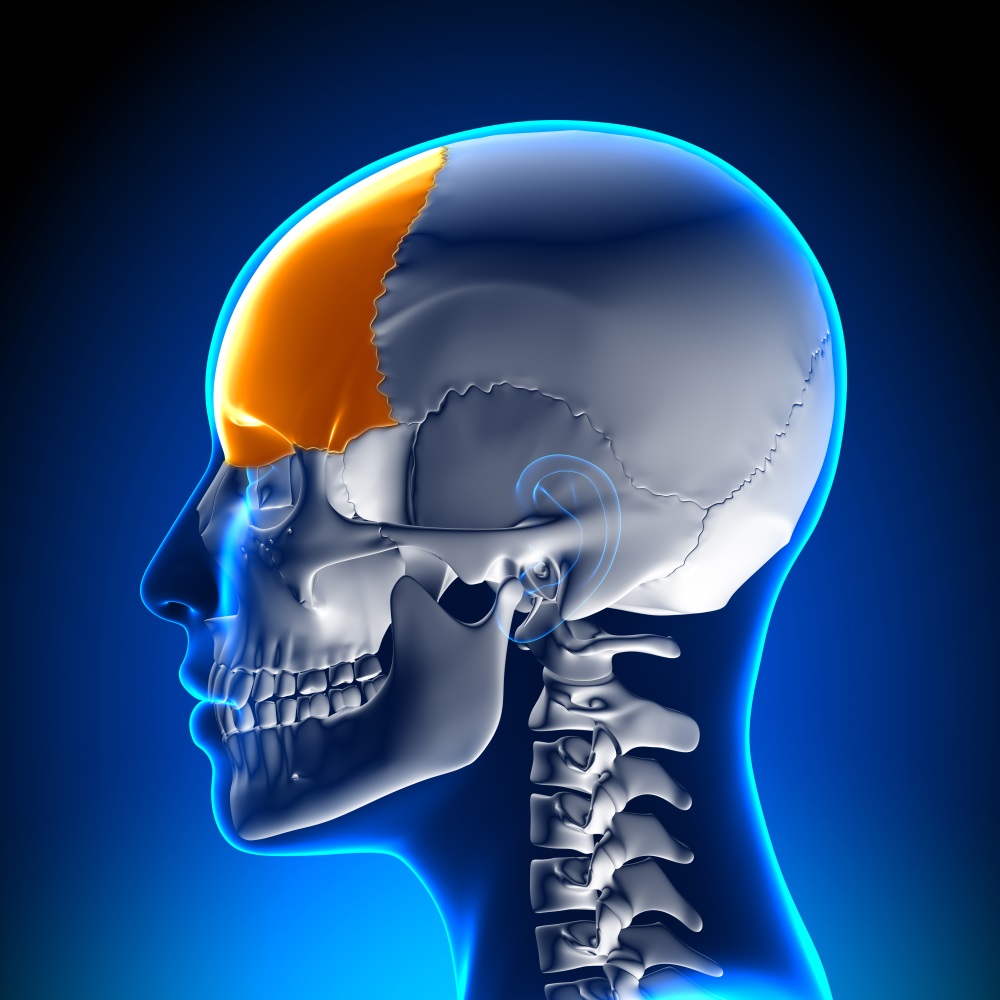Every single day, we read news about new people engaging in new ways to integrate Augmented Reality into their own medicinal concepts. To some, it may be a better way to plan a surgery, to others, a better way to perform a surgery, but for some researchers, Augmented Reality is the perfect vehicle to improve the education for the physicians of the future. We like the training aspect of Augmented Reality, and we are certain that this is the mechanism where Augmented Reality shines the most: Collaborating in the development of new physicians who in the near future will take this emerging technology and make it a tool to improve their performance as medical professionals.

We reviewed a paper related to a project presented to professors at the California State Polytechnic University that discusses some interesting ways to integrate Augmented Reality into training. In this project, the author, Joseph S. Marilo, proposes a new and exciting way to bring Augmented Reality into the table. According to him, AR has the potential of making the understanding of even the most difficult theories and relationships easier, and improving the comprehension of the user about the matter. We couldn’t agree more.

The approach for this research project was to create a platform for AR experiences for medical students that took the Expanding Osteopathic Concept (EOC). What is the EOC? The Expanding Osteopathic Concept course is a five-day intensive cranial course (FYI: this is hard) taught to second-year osteopathic medical students. This course used a bibliography called The Expanding Osteopathic Concept Manual, a workbook consisting of 170 pages.

This book was filled with AR experiences and embedded in specific sections as a tool to clarify concepts, helping make the content more reachable to the student and making its fixation more approachable. Selecting the participants was done through a very strict process – out of the 346 second-year osteopathic medical students invited to it, only 82 participated, which gives the study an important validity. The experience consisted of having the participants accessing the website, and viewing illustrations enhanced with AR. Afterwards, they took a short survey that allowed the researchers to evaluate the impact of the study.

Analyzing the results of this survey, the researchers concluded that the participants’ perception and understanding of AR has been great. Other aspects evaluated were comprehension, retention, and engagement. All of the participants passed with flying colors.

At ARinMED, we truly congratulate the fellow physicians who look out new and interesting ways to implement emerging technologies into the traditional teaching methods. It is our responsibility as doctors to pass along this vital knowledge to a new generation, and if possible, in a better way than how we received them. Hopefully we will receive news about how Augmented Reality is implemented more and more into the school of medicine of the California State Polytechnic University, great work!








